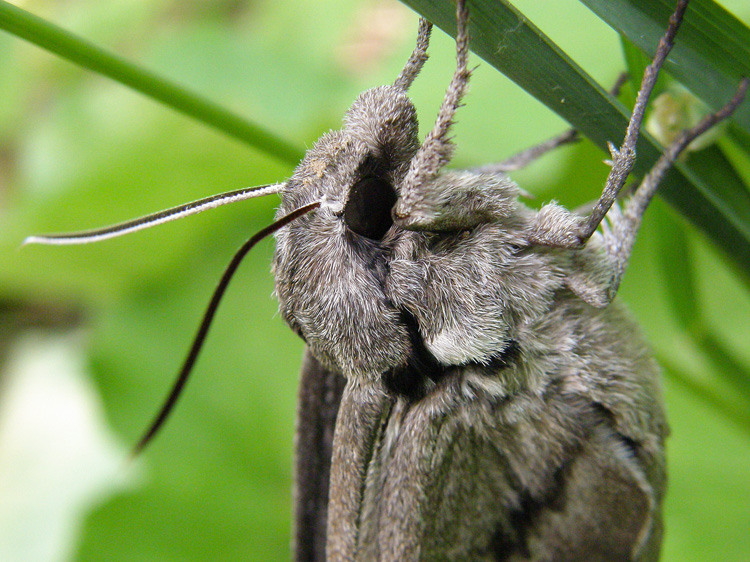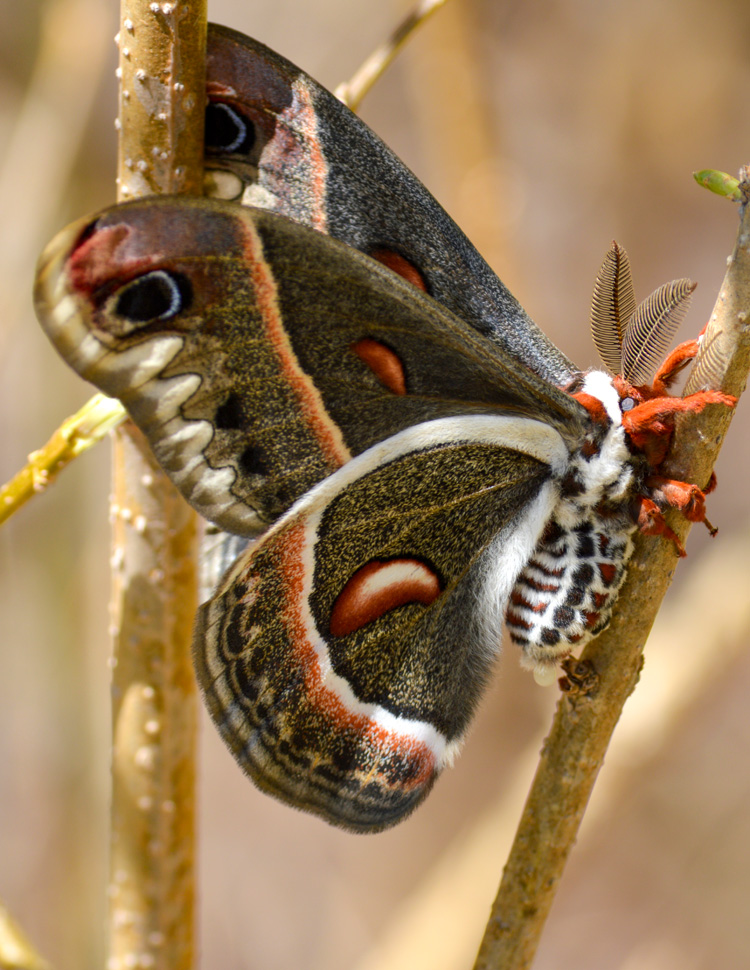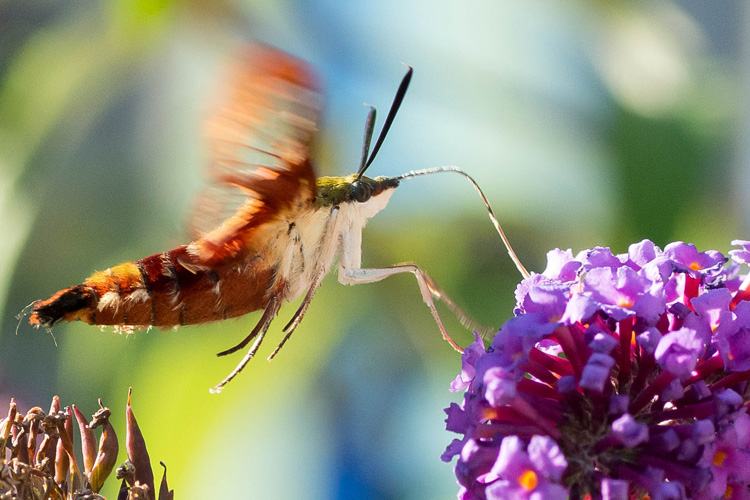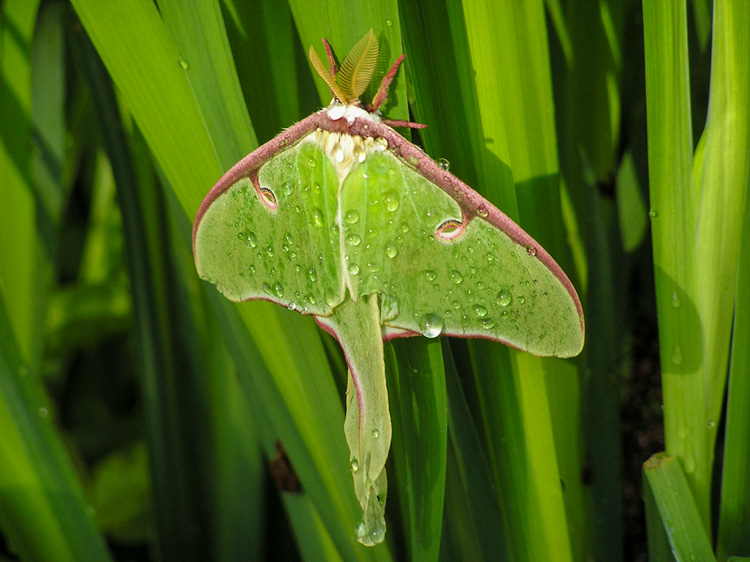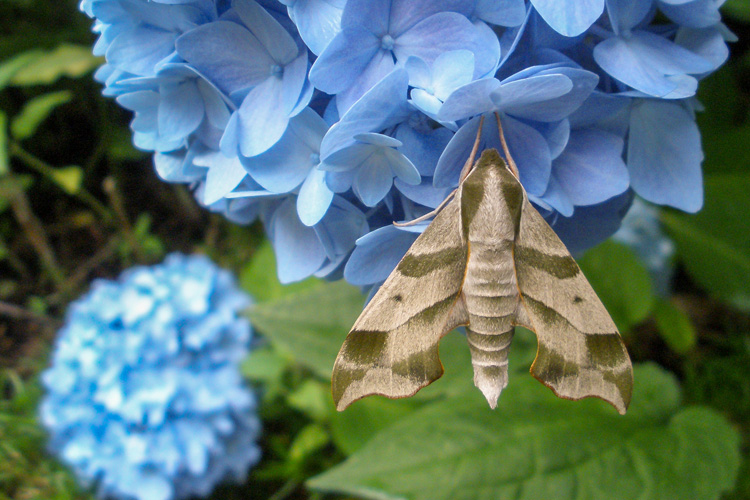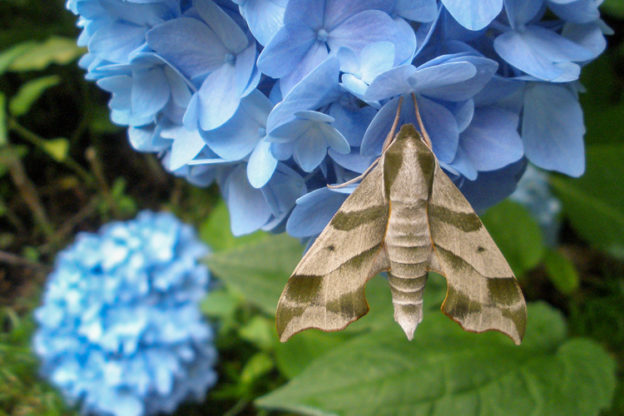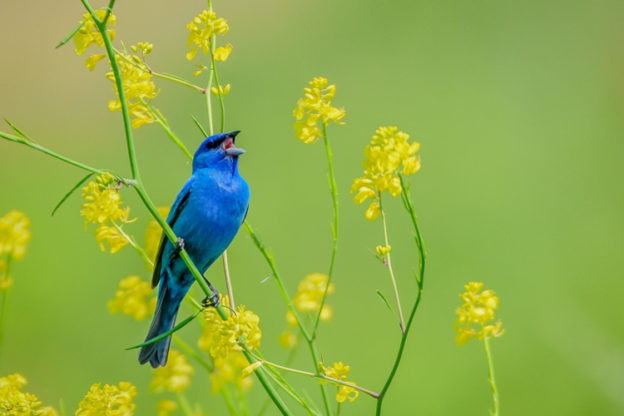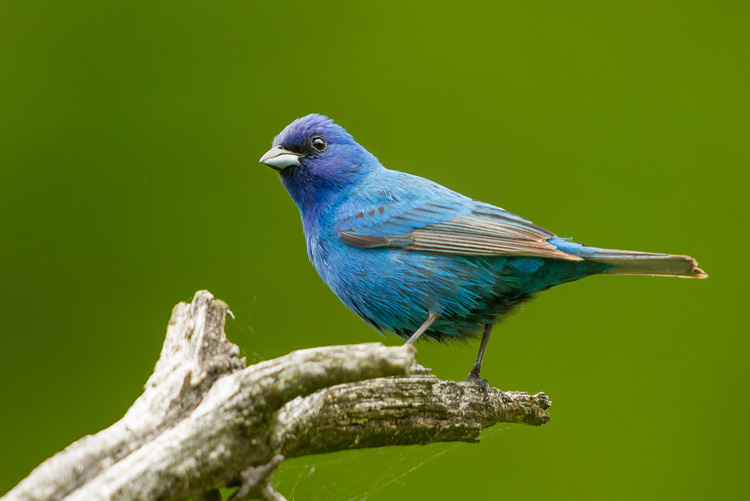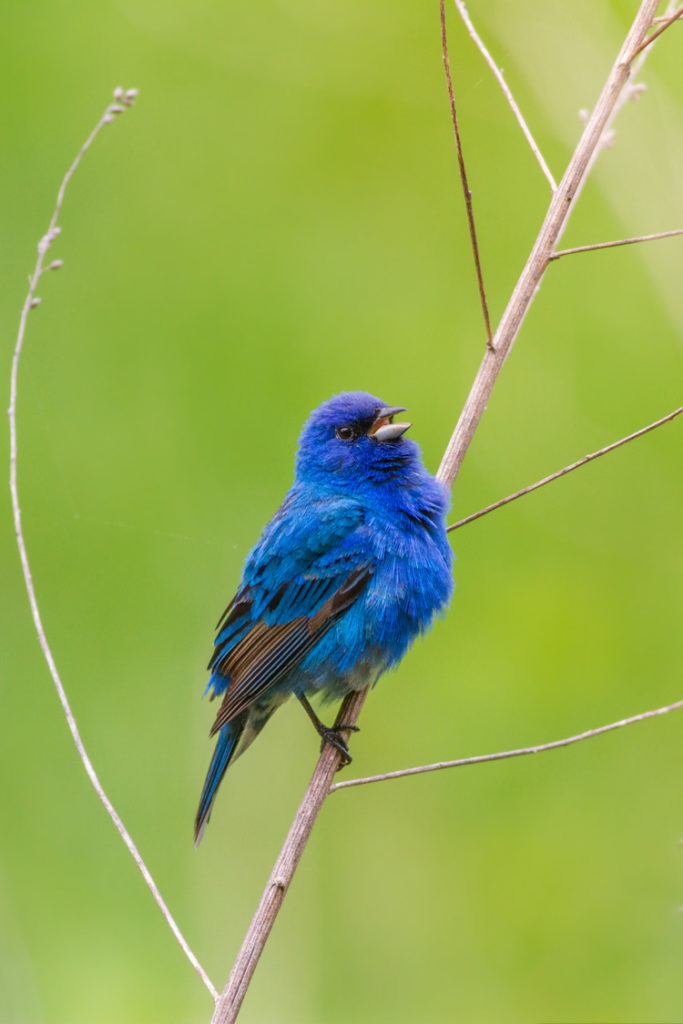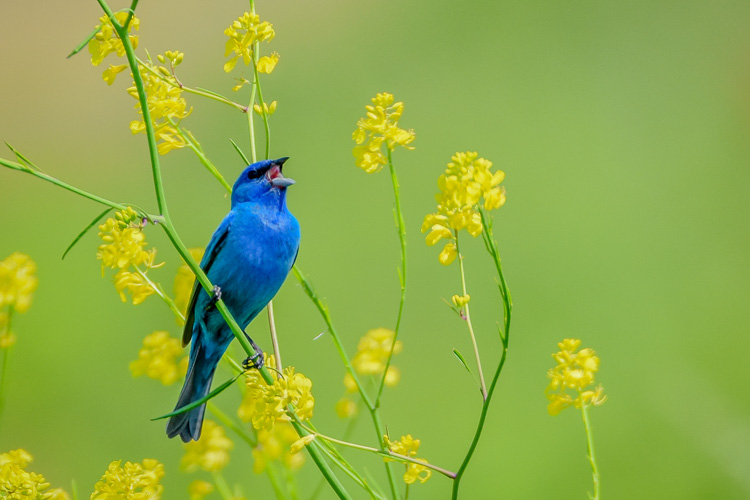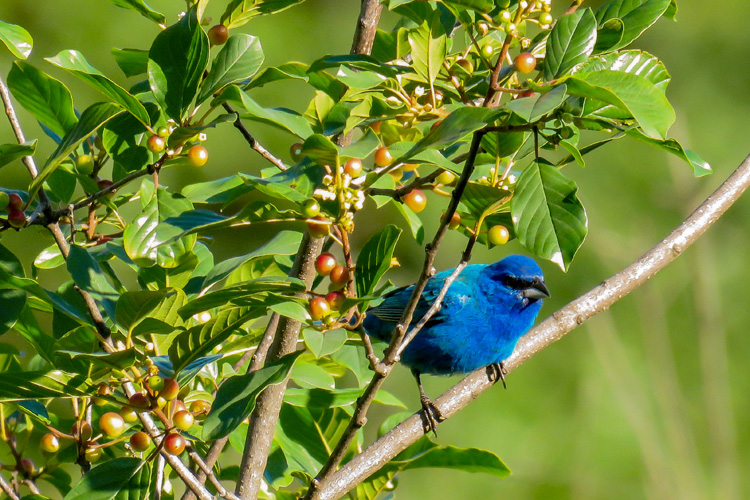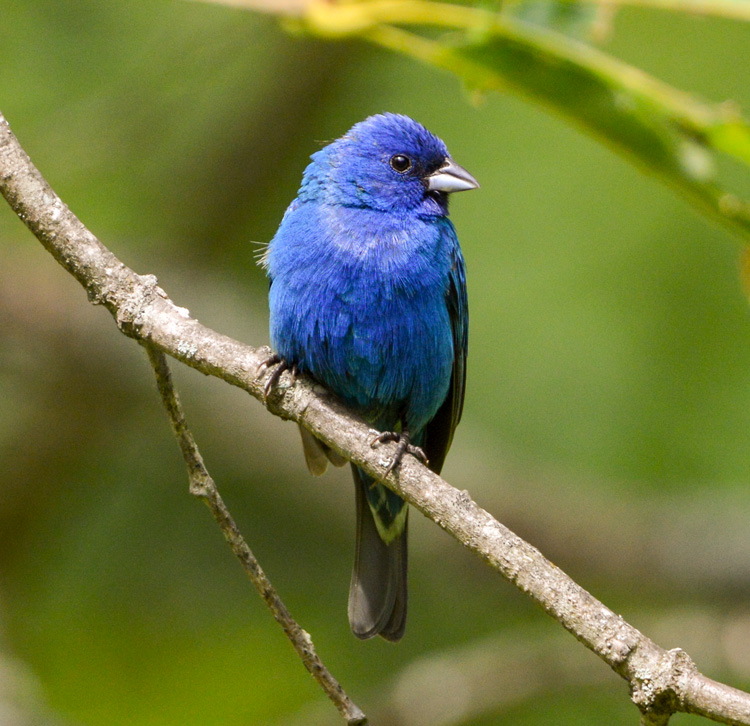Moths are one of the most diverse groups of organisms on the planet with scientists estimating there are at least 150,000 species worldwide, a testament to their adaptability, diversity, and success as a group. Their size, coloring, and shapes vary widely, from large, graceful Luna Moths to the sherbet-colored Rosy Maple Moths to the drab but perfectly camouflaged leaf-lookalike Walnut Sphinx Moth.
National Moth Week is celebrated at the end of July and everyone is invited to observe, enjoy, and even document some of these amazing creatures. Most (but not all) moths are nocturnal, so attracting them can be as simple as leaving an outdoor light on and waiting for your winged guests to arrive.
Enjoy these five photos of moths in honor of National Moth Week and submit your own moth photos to the Picture This: Your Great Outdoors photo contest!
